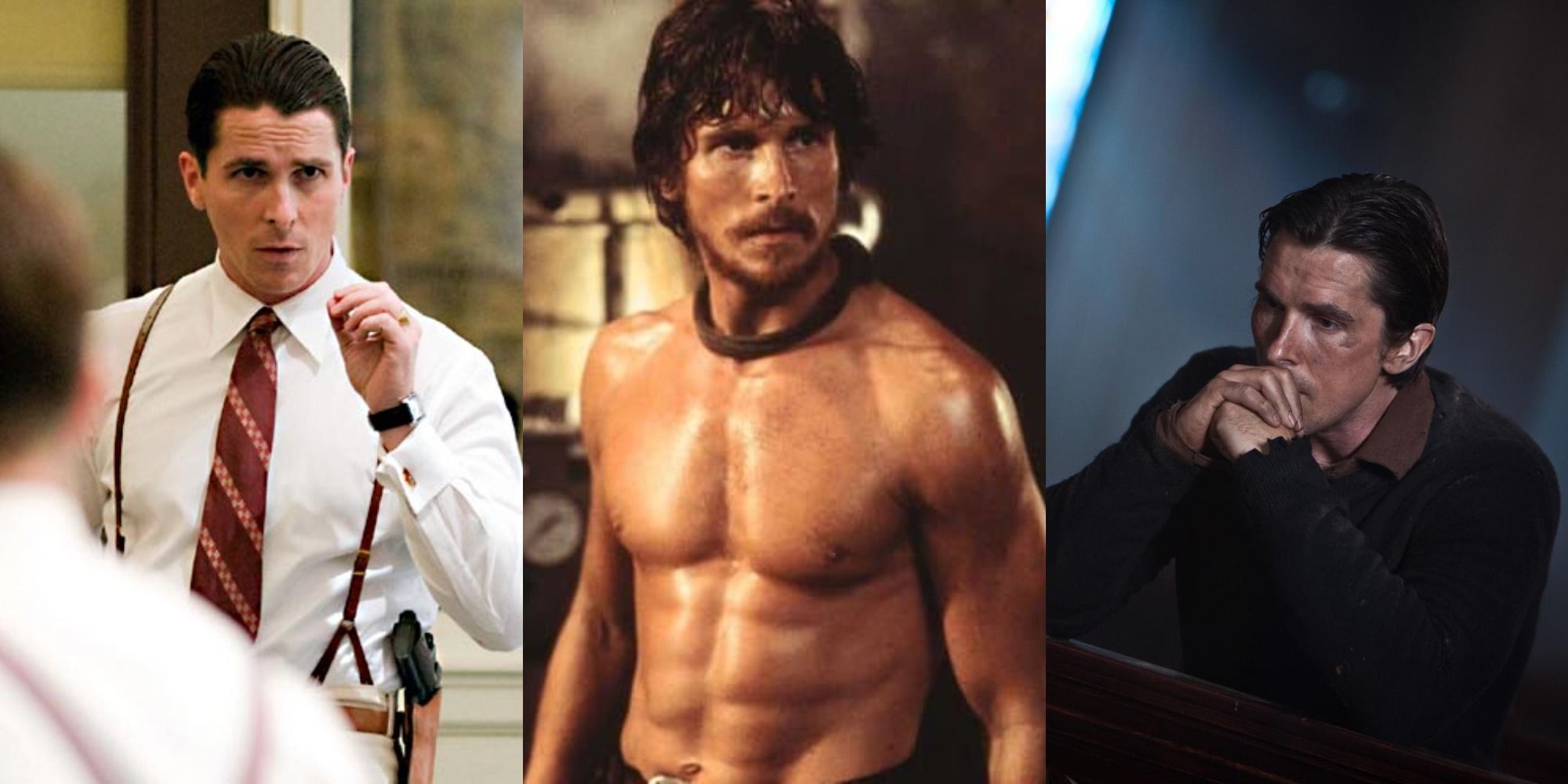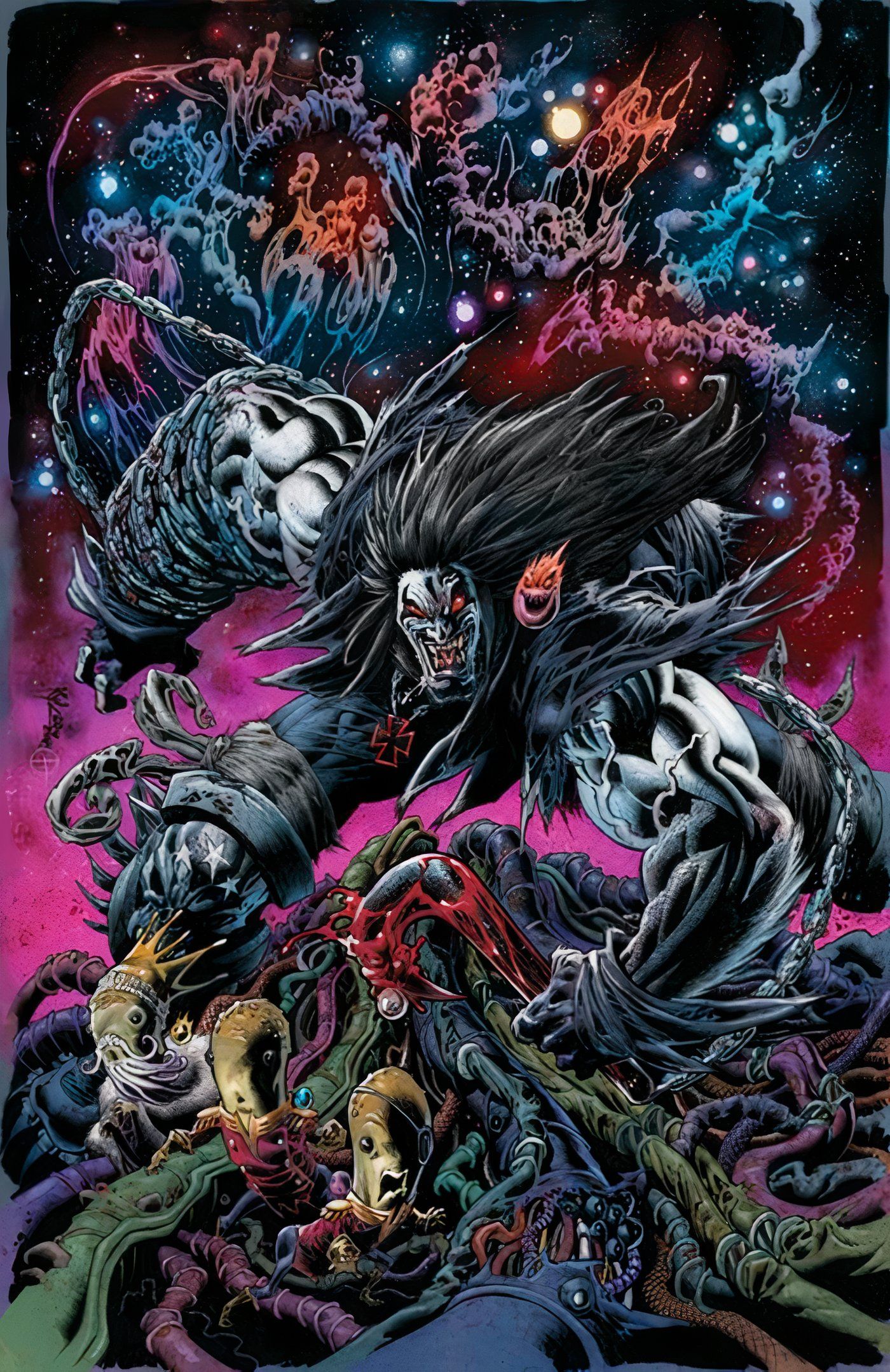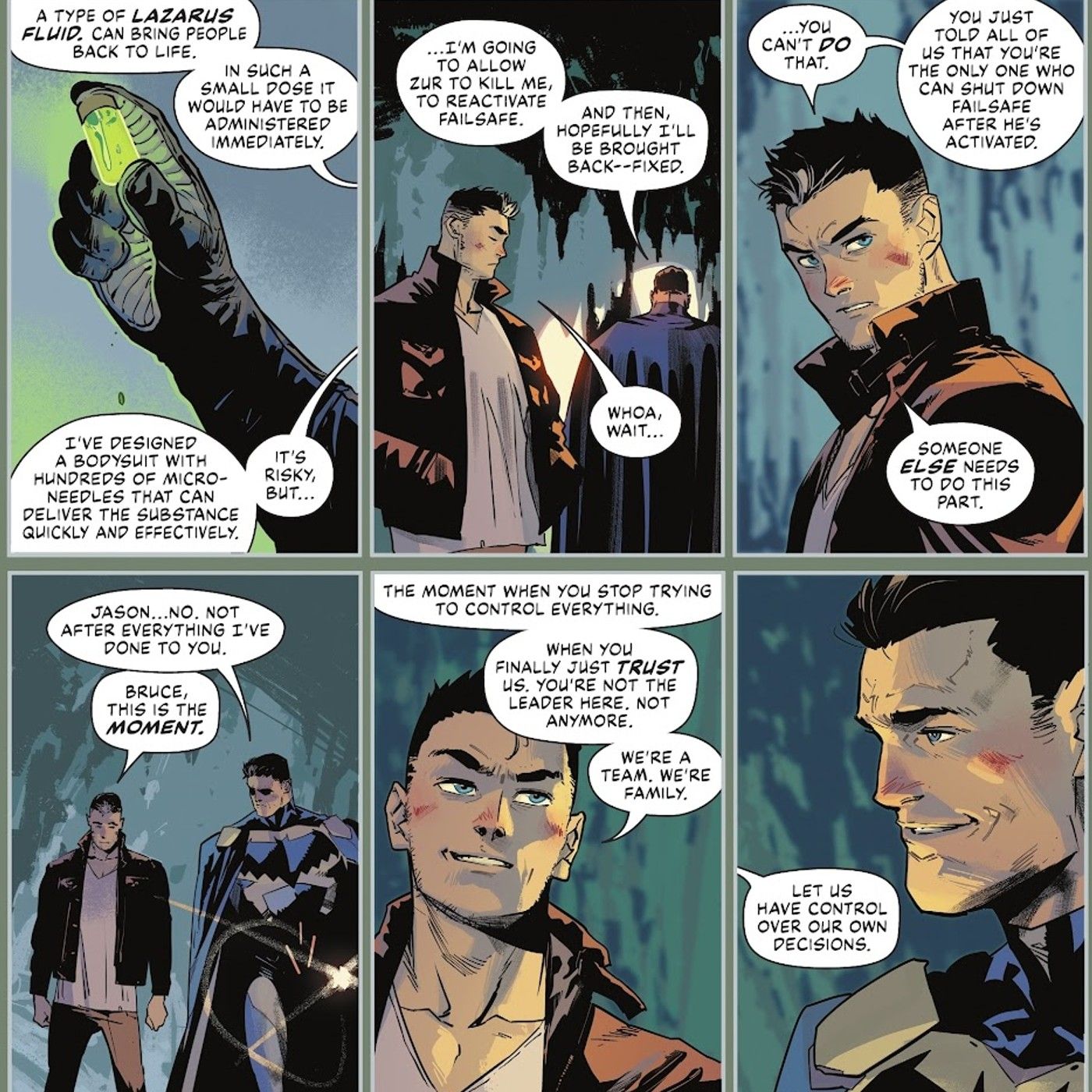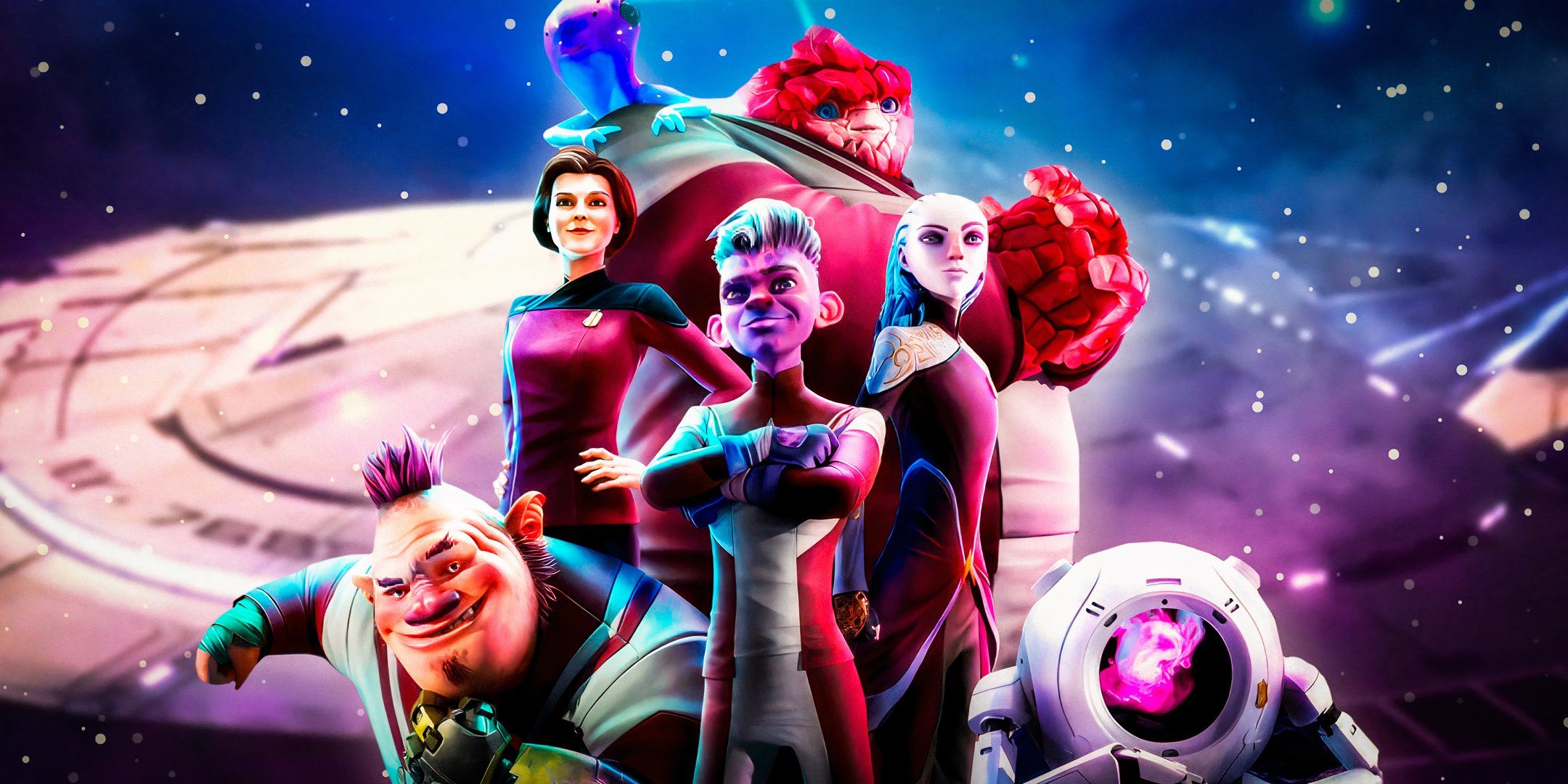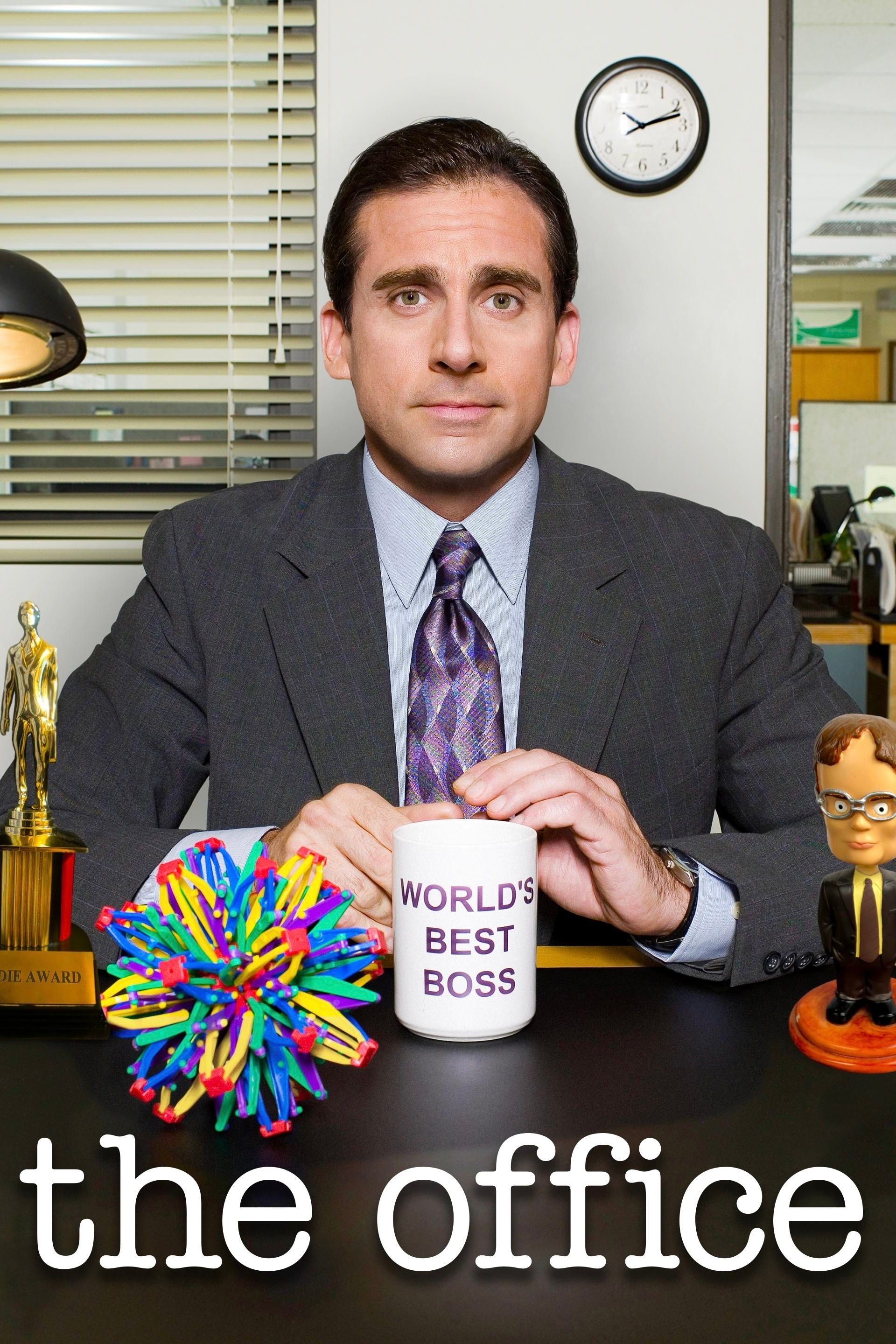The Mandalorian season 2 has finally solved Disney’s Star Wars fan problem. After Star Wars: Episode III – Revenge of the Sith premiered in 2005, most everyone assumed the Star Wars franchise was over. However, George Lucas shocked the entertainment industry when he sold Lucasfilm to Disney in 2012, ensuring the galaxy far, far away had a future in the modern pop culture zeitgeist. The studio went hard to work developing a variety of projects, most notably a slate of five new feature films, which concluded last year with Star Wars: The Rise of Skywalker.
Disney has plans to keep making new Star Wars movies down the line, but the next one isn’t due out until 2023. In the interim, Lucasfilm is focusing their efforts on live-action TV, with a number of Star Wars series boosting Disney+’s lineup of original programming. The Mandalorian kickstarted this initiative last fall, becoming an instant hit and seeing its success continue into its second season. As the Star Wars movies have become increasingly divisive and polarizing, The Mandalorian has earned widespread acclaim from fans and critics alike.
One of the many reasons why viewers were excited to see The Mandalorian season 2 was because it was going to open the show up to larger corners of the Star Wars mythos, bringing in fan-favorite established characters like Boba Fett, Bo-Katan, and Ahsoka Tano. At the same time, some expressed concern this ran the risk of making The Mandalorian inaccessible to casual viewers who were largely unfamiliar with animated shows like The Clone Wars and Rebels. But as the episodes have come out, it’s become clear the opposite has happened, and The Mandalorian has struck a balance the newer movies couldn’t.
Disney’s Star Wars Movies Were Too Reliant on Nostalgia
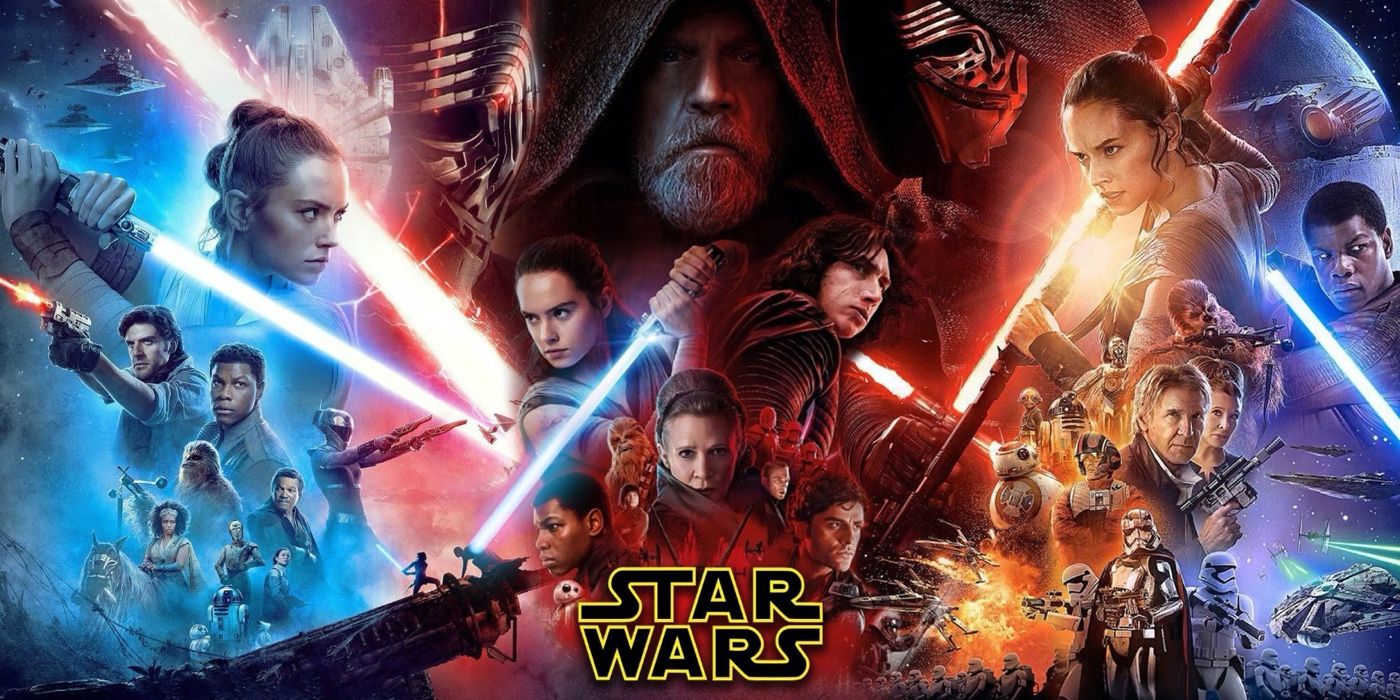
One of the more common critiques of Disney’s Star Wars movies is that they were too beholden to the past, rather than running with new ideas. On one hand, the studio was smart to play things safe at first (which is why The Force Awakens intentionally borrowed plot points from A New Hope), but they arguably took things too far. It’d be impossible to imagine a Star Wars sequel trilogy without classic heroes Luke Skywalker, Han Solo, and Princess Leia returning, though this created narrative challenges the filmmakers couldn’t fully overcome. The sequels attempted to continue the stories of the aforementioned veterans, while also introducing a collection of younger characters to carry the franchise. However, the focus on Luke, Han, and Leia (particularly in the first two movies) at times detracted from the newcomers. By the time The Rise of Skywalker came out, it felt like the creative team didn’t know what to do with the likes of Finn, Poe Dameron, and Rose Tico, but Luke, Han, and Leia each got several key moments.
The spinoffs had similar problems. While Rogue One: A Star Wars Story was bold in experimenting with a new filmmaking style and killing off an ensemble of characters, it too leaned heavily into classic Star Wars iconography as a selling point. In some ways, that was to be expected, since the movie is about the Rebels’ suicide mission to steal the Death Star plans. That said, Rogue One’s most famous moment is Darth Vader’s brutal hallway rampage – a sequence that doesn’t involve any of the new characters that carried the 2-hour movie. Solo: A Star Wars Story fell into the prequel trap of becoming too infatuated with answering questions that didn’t really need to be answered – like how Han got his last name. Solo’s reputation has improved in the two years since its release, but it’s still a fairly by-the-numbers origin story that’s elevated by some central performances.
This isn’t to say there isn’t anything of value in Disney’s Star Wars movies. Each one made made many key contributions to canon, fleshing out various characters, longtime elements, and even broadening the franchise’s core themes. And, given they were part of a long-running series, having connections and Easter eggs to the previous movies makes sense. The issue is the movies skewed a little too much in that direction, when Star Wars needs to forge new paths and horizons. Tellingly, The Rise of Skywalker was the least-profitable entry in the sequel trilogy, illustrating Star Wars can’t always rely on nostalgia to sell audiences. For the next wave of films, it will be vital to demonstrate the imagination that made Star Wars magical in the first place.
The Mandalorian Season 2 Is Fan Service Done Right
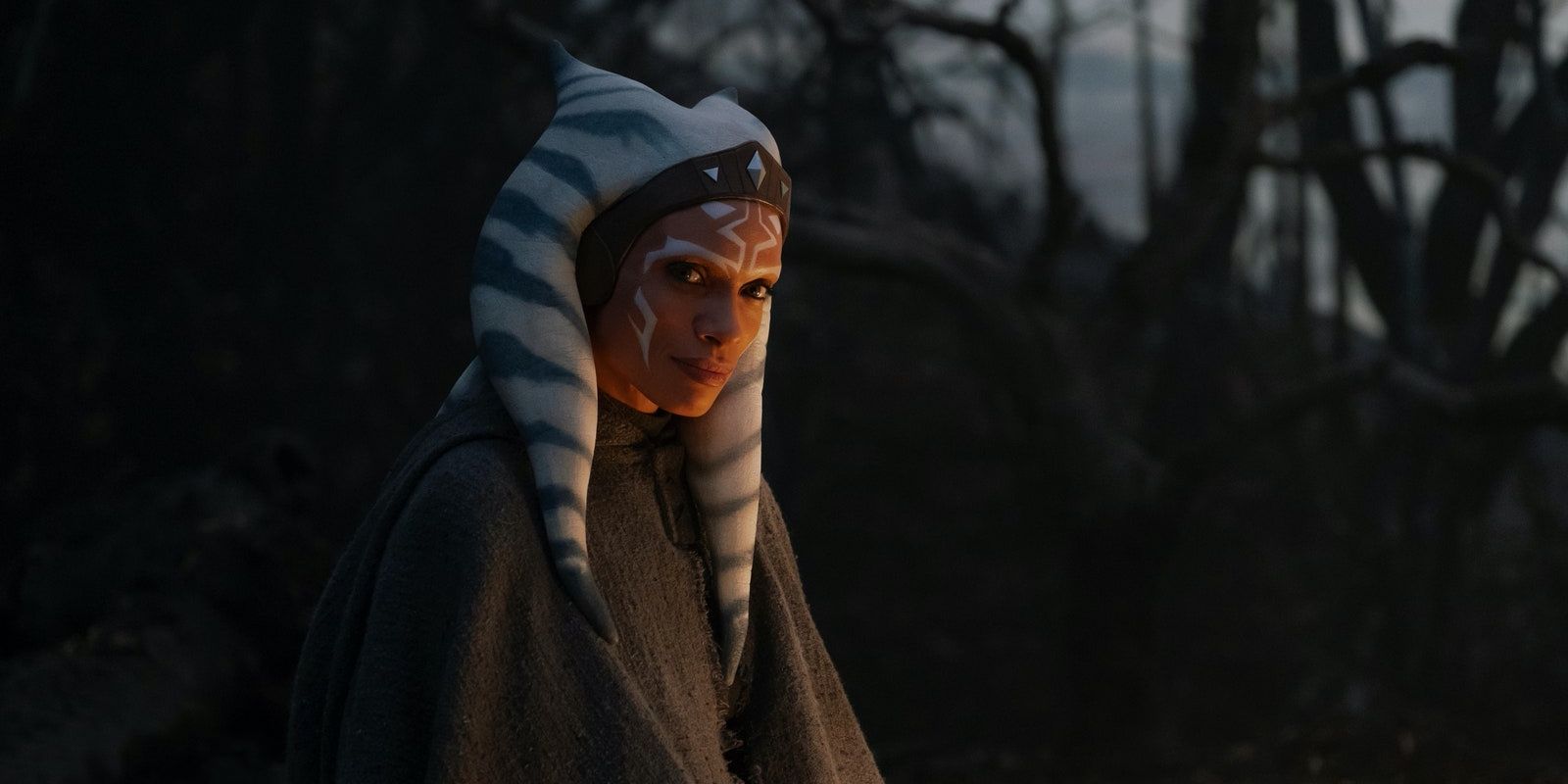
In the pop culture vernacular, “fan service” can be something of an unfavorable term, as it’s typically used to reference developments that have no deeper meaning than getting an easy reaction out of viewers. Going into The Mandalorian season 2, there were concerns it’d fall victim to this by expanding the supporting cast to include a variety of known characters. Even when marketing kept the focus on Din Djarin and Baby Yoda, not everyone was convinced. But one of the best things about The Mandalorian season 2 is that it’s maintained a key aspect of season 1’s appeal. Outside knowledge of larger Star Wars canon isn’t required. Someone who’s never seen Clone Wars or Rebels can still watch and enjoy “The Heiress” and “The Jedi” and understand what’s going on.
The creative team’s been able to pull off this tricky balancing act by making sure each Mandalorian episode is presented from Din and Baby Yoda’s perspective. Bo-Katan and Ahsoka just happen to be people they meet across their adventures through the galaxy. Obviously, for those who do know Clone Wars and Rebels, these episodes have more weight to them because they brought animated Star Wars icons to live-action, but they’re still constructed in a way to not lose more general audiences. In a way, this is the polar opposite of Darth Maul’s controversial Solo cameo, which was potentially confusing to casual viewers unaware he actually survived The Phantom Menace. The Mandalorian season 2’s handling of Star Wars nostalgia even extends to Boba Fett’s armor in “The Marshal,” which is largely presented as just Mandalorian armor Cobb Vanth shouldn’t own (as far as Din is concerned).
Moving forward, it will be interesting to see if The Mandalorian can keep walking this fine line. After all, “The Jedi” ends with the revelation Ahsoka is on a mission to find Grand Admiral Thrawn, a character known for appearances in novels and Rebels. But for now, especially after seeing how Bo-Katan and Ahsoka were integrated into the series, it’s safe to say Jon Favreau and company have earned the benefit of the doubt. There’s clearly a deep love for the material at the heart of The Mandalorian, but everyone involved seems to understand it’s important to show some restraint and not lose focus on the story at hand. The Mandalorian is about Din and Baby Yoda, and it should stay that way.
